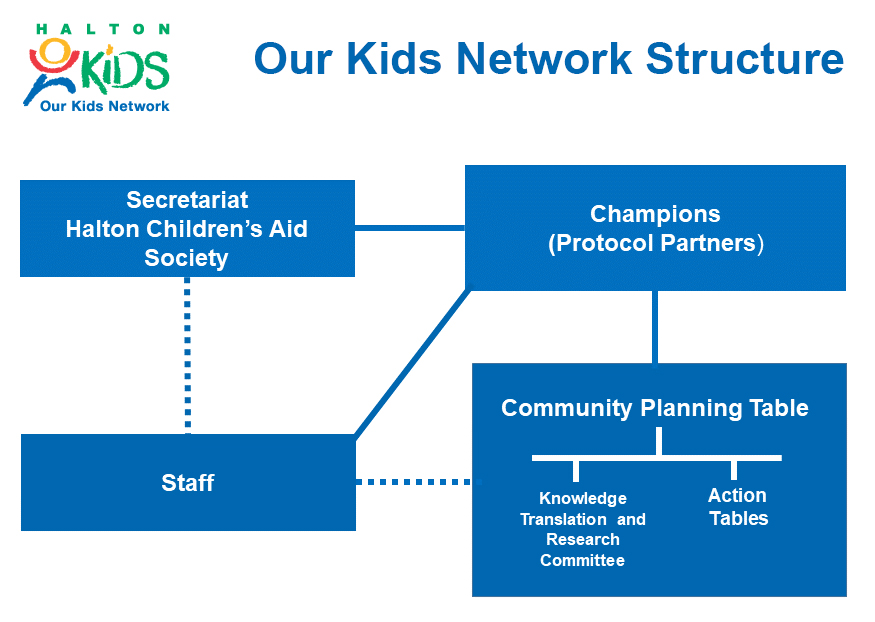Story Behind The Numbers
Halton Youth Impact Survey Results
What is the state of youth mental health in Halton and what can be done to improve the mental health of young people?

Findings reflect the responses of 1915 youth in the 13 to 18 age range.
The Story Behind the Numbers

Youth on their mental health and the impact of COVID-19
Youth at the Data Party described good mental health as feeling relaxed or going to bed without a thousand thoughts racing through their minds. The topic of constant stress and pressure was also discussed. In the open comment section of the survey, participants described feeling overwhelmed with the amount of schoolwork and changes to their school schedules. Many wanted things to go back to normal (no pandemic related restrictions) or wanted to practice sports again.
Reopen schools and make mental health services accessible to all, regardless of income. Learning online is so stressful and isolating.
Youth on mental health awareness
Young people preferred to seek care and support on their own. Opt-in mental health check-ins or attentive adults would be helpful in increasing their awareness and connecting them to services sooner. Youth commented on the importance of their peers learning about the services available to them, as well as being able to communicate with their parents and community about mental health. Youth emphasized the need to decrease the perceived mental health stigma, which they saw as a key barrier to them seeking support. As one young person said:
The first step is to normalize speaking about your mental health. It should be equivalent to talking about a headache.
Youth on access to mental health services
27% of youth who highlighted the need for better access to mental health services, regarded mental health services fees as a barrier. Other youth described frustration with waitlists for free services, while others hoped they would access services on their own or in a way that ensures confidentiality. Completely anonymous services or services delivered through text messages were cited as important by some participants.
Make sure that everyone can get the help they need, both mental and physical.
Youth on schools and mental health
Youth hoped that schools would help connect young people to mental health services and become partners in increasing awareness and mitigating stigma. Participants envisioned schools educating communities and parents on mental health, creating conditions supportive of their emotional wellbeing, and promoting optional mental health check-ins. One participant at the Youth Data Party mentioned a teatime club in their previous school that was very impactful and supportive to youth.
At one of my old schools, there was a Teatime club, where people drank tea and ate food. They then talked about whatever was on their mind. It was amazing.
Limitations
- These findings cover only responses of youth in the 13-18 age range
- Open invitation sampling strategy (non-probabilistic)
- Sample is not necessarily representative of all children and youth living in Halton.
- It is not possible to determine a response rate.
- However, considering the geographic coverage and the size of the final sample, it’s fair to assume that we have a reasonably good cross-section of children and youth living in Halton.
- A higher degree of diversity within this sample calls for caution when interpreting overall ratios. For more details on the composition of the sample see the sociodemographic table
- The data are meant to provide a snapshot of youth wellbeing during COVID, and caution should be used when comparing across time.
- While each indicator is important, using multiple indicators as evidence of strengths and needs provides a more comprehensive representation
- This is a self-report survey and several types of response bias have been identified related to self-report surveys. Use caution when interpreting the findings






